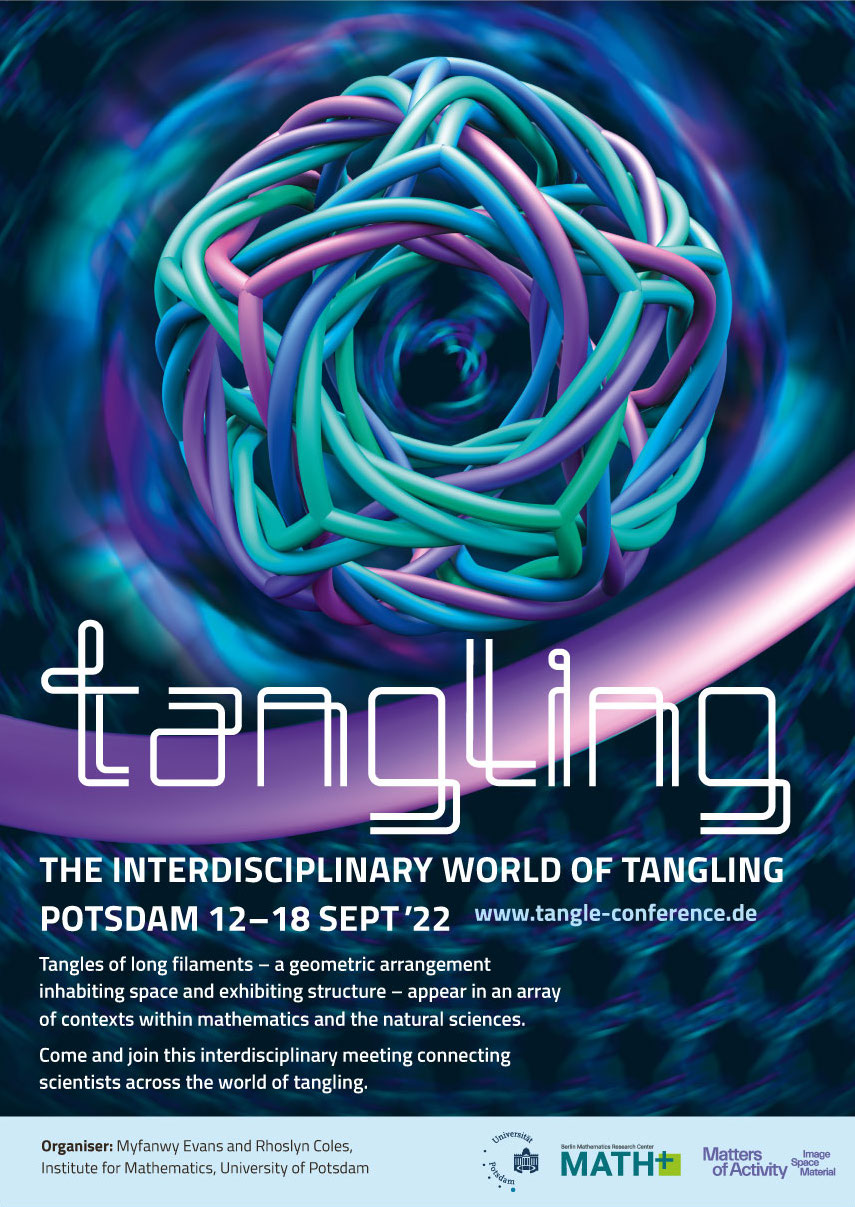Geometry-based simulation of self assembly
Related article: Complex forms from simple building blocks
Periodic entanglements and fibrous materials
We study the many facets of periodic entanglements found in various biological, molecular, and chemical structures like polymers, liquid crystals, and DNA origami. We use techniques from geometry, topology, combinatorics and graph theory to enumerate and characterise potential structures, in many cases using periodic graphs or triply-periodic minimal surfaces as scaffolds for the structures. In this case, tangling, graphs and surfaces are all related objects of study. On the other hand, we are also developing techniques for the characterisation of these structures, where we look at crossing diagrams and related invariants.
Related article: Complexity explained: Symmetric Tangling of Honeycomb Networks
Framework materials and tensegrity structures
Framework materials can be understood as an embedded graph with edge-length constraints. Introducing an energy functional by adding contracting (cables) and expansive edges (struts) to this framework makes it a tensegrity (tensile integrity). This physical system can be modeled as a polynomial optimization problem, making related numerical strategies feasible.
We can tackle the modeling and equilibration of complicated real-world structures such as cylinder packings by developing a robust and general-purpose Riemannian optimization package based on homotopy continuation in combination with a geometric model for the contact between two filaments in tight contact based on tensegrities. This approach allows us to explore these structures’ deformative mechanisms, occasionally revealing an unexpected dilatant property known as auxeticity.
Third-Party Funding
We are participating in the following larger research projects aroundBerlin and Germany:


